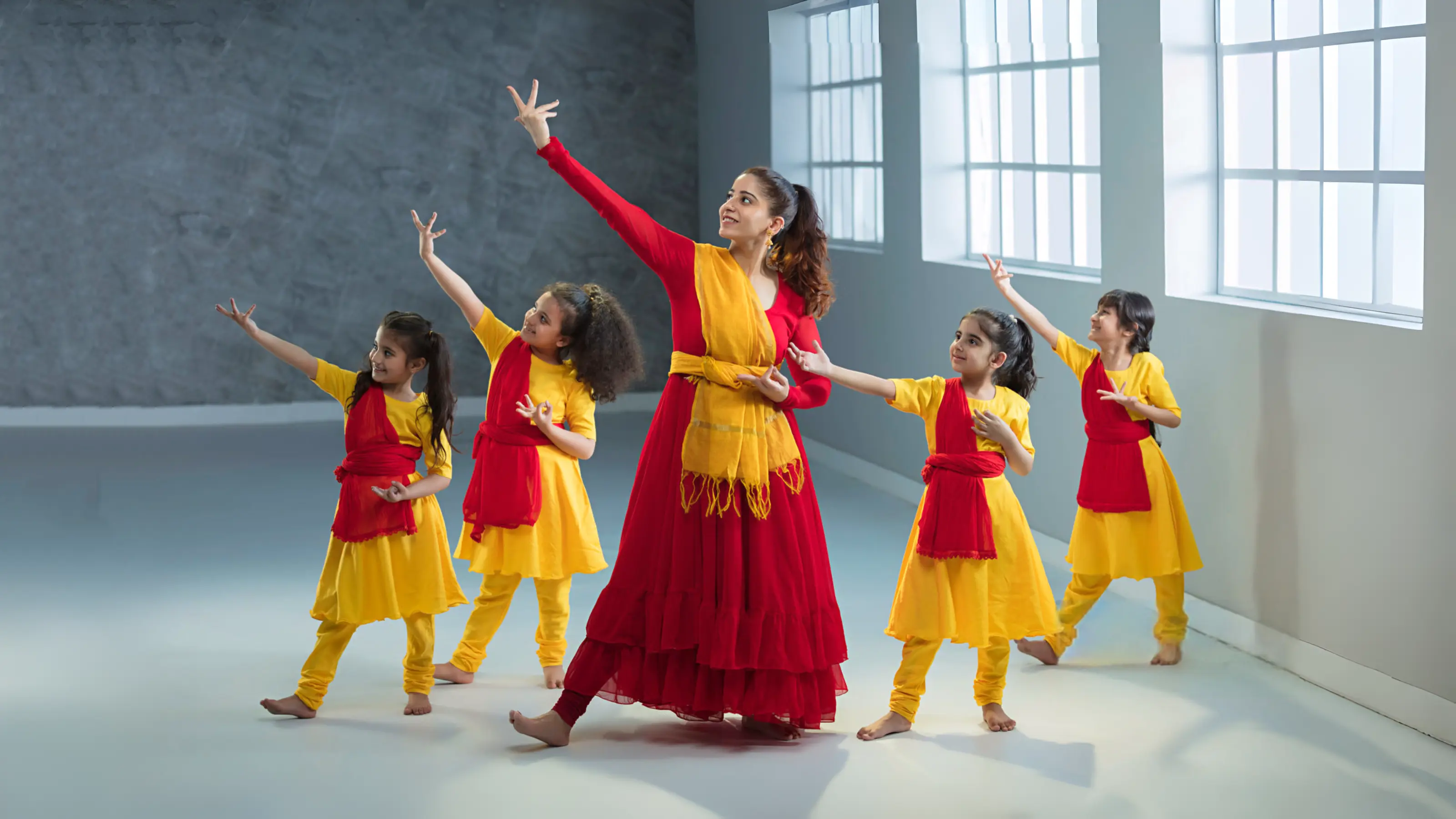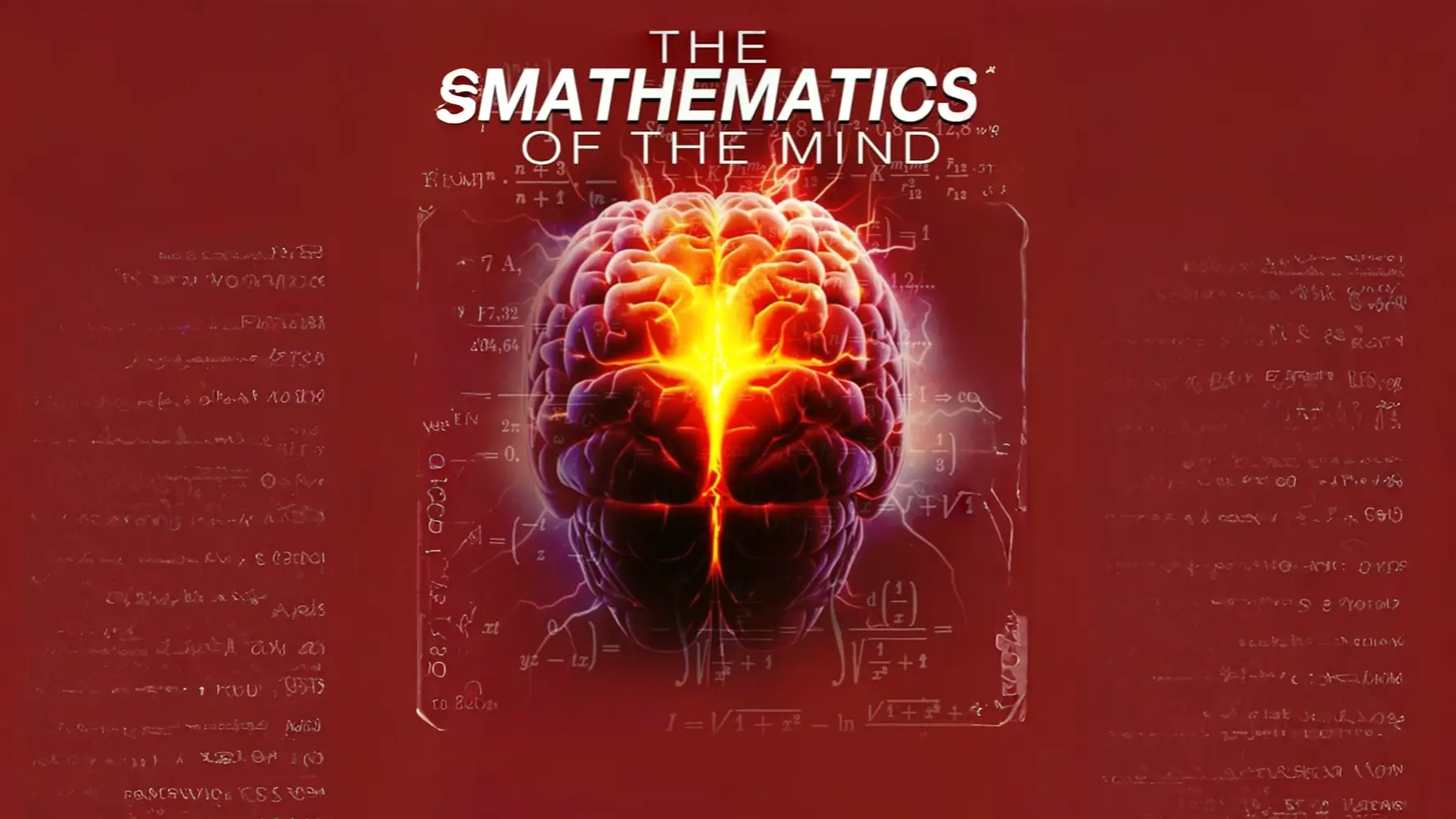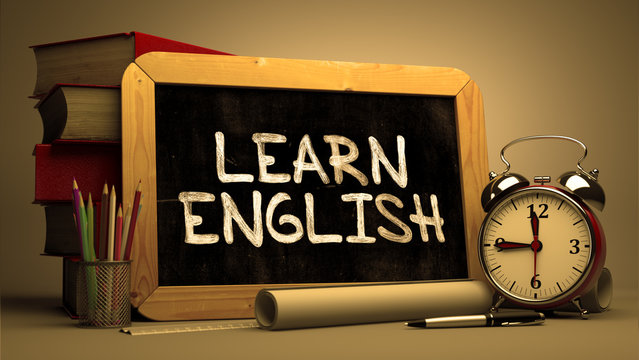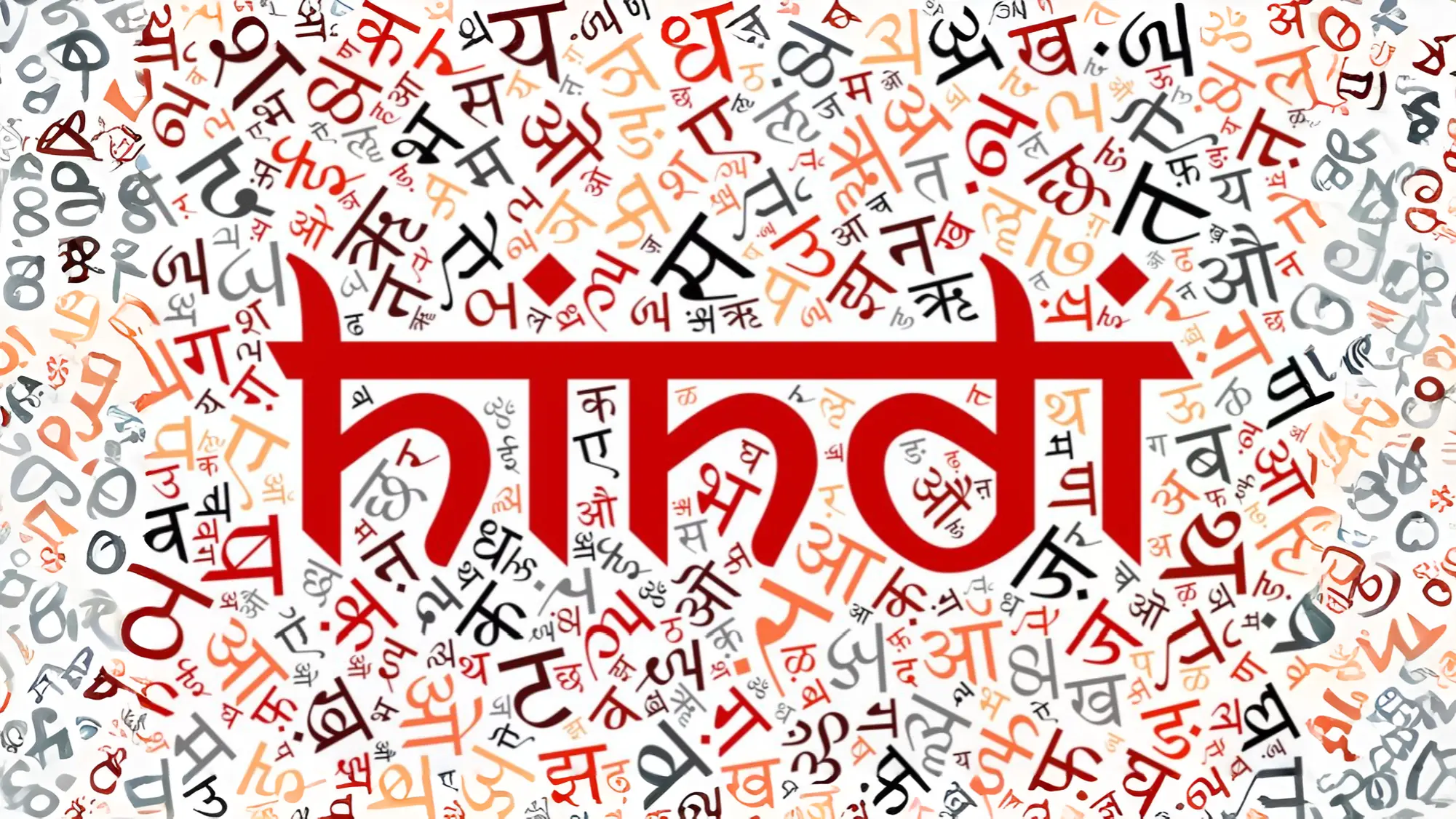
How Much Should I Expect To Pay At A Dance Academy Near Me?
- 21 Feb 2025
- Dance
Most aspiring dancers often wonder about the costs associated with enrolling in a dance academy. The price can vary significantly based on factors like location, type of dance, and the academy’s reputation. I want to guide you through the typical expenses you might encounter, including tuition fees, registration costs, and any additional expenses for performances or competitions. It’s important to have a clear understanding of what to expect, so you can make an informed decision that aligns with your budget and dance goals.
Key Takeaways:
- Tuition Rates: Dance academy costs vary significantly based on the type of dance, level of instruction, and location, with average monthly fees ranging from $50 to $300.
- Additional Expenses: Beyond tuition, consider potential extra costs such as uniforms, performance fees, and competition entries that can add to the overall financial commitment.
- Discount Opportunities: Many academies offer discounts for siblings, early registration, or multiple class enrollments, which can help reduce overall expenses.
Factors Influencing Dance Academy Costs
The landscape of dance academy costs is shaped by multiple factors that can significantly impact what you might expect to pay for classes. These variables include:
- Type of dance classes offered
- Location and facility quality
- Instructor experience and qualifications
Understanding these factors will allow you to better assess your options and make informed decisions regarding your dance education. Perceiving how each element contributes to overall costs will enhance your budgeting and planning strategies.
Type of Dance Classes Offered
Factors that influence the cost of dance classes often begin with the type of dance you are interested in learning. Different dance styles can have varying price points; for instance, specialized classes such as ballet or contemporary may be more expensive compared to general styles like hip-hop or jazz. Additionally, the level of the class—beginner, intermediate, or advanced—can also lead to differences in pricing.
You'll likely find that unique offerings, such as workshops, masterclasses with guest instructors, or even competition preparation classes can also result in higher fees. As a result, you should consider what type of classes align with your passion and budget while allowing your dancing skill-set to thrive.
Location and Facility Quality
Type and quality of the facility play vital roles in determining the costs associated with dance academies. Urban centers often charge higher tuition due to increased overhead expenses and demand. A dance academy situated in a major city might offer a more extensive range of classes and resources, resulting in a premium price tag. Conversely, smaller towns might have lower fees due to less demand, but may also offer fewer resources.
It’s common for well-maintained studios with top-notch equipment and amenities, such as sprung floors and mirrors, to charge more in tuition fees. These factors can enhance your overall dance experience and skill development. Therefore, it's wise to assess your priorities—in terms of both budget and quality—when selecting a location for your dance classes.
Instructor Experience and Qualifications
Among the most significant factors affecting the tuition costs of dance academies is the experience and qualifications of the instructors. Generally, instructors with extensive backgrounds, professional dance experience, and recognized certifications will command higher fees. Their expertise can elevate your learning experience and provide you with valuable insights into various dance techniques.
It is vital to consider that investing in quality instruction could lead to accelerated learning, better technique, and overall growth as a dancer. If you are paying a premium for classes, you should feel confident that the instructor's credentials justify your investment.
Average Tuition Rates
Now, when exploring the average tuition rates at a dance academy near you, it's important to consider the type of classes offered. Many academies provide a variety of options, including group classes and private lessons, each with their own price range. Generally, group classes tend to be more budget-friendly, allowing you to share the experience and costs with fellow dancers. On average, you might expect to pay anywhere from $15 to $30 per class for a group setting, while private lessons can range significantly higher, anywhere from $50 to $150 per hour, depending on the instructor's expertise and the academy's reputation.
Group Classes vs. Private Lessons
By weighing your options between group classes and private lessons, you can make a more informed decision based on your budget and learning preferences. Group classes often foster a sense of community and allow you to benefit from observing others, which can enhance your learning experience. On the other hand, private lessons offer the advantage of personalized attention, allowing the instructor to tailor the lessons specifically to your skill level and goals, albeit at a higher cost.
Monthly vs. Annual Payment Options
Below the surface of tuition rates, you'll find that dance academies often offer different payment structures, primarily focused on monthly and annual payment options. Monthly payments allow you to spread costs more evenly, making it easier to manage your finances without committing to a larger upfront fee. Conversely, many academies provide discounts for those who opt for an annual payment plan, which could potentially save you a significant amount in tuition over the year.
This payment flexibility can be a game changer for you as you navigate the financial landscape of dance education. If you have a limited budget, monthly payments may help alleviate any financial strain. However, if you're committed to your dance journey and can put forth the financial commitment upfront, taking advantage of annual payment discounts can definitely work in your favor. Ultimately, it's all about assessing your personal situation and what aligns best with your goals as a dancer.
Additional Fees to Consider
Many dance academies have associated fees that you should be aware of when budgeting for your dance education. These additional fees can vary significantly from one studio to another, so it's important to do a bit of research. Understanding all potential costs will help you make a more informed decision when choosing the right academy for your needs. In this section, I'll outline a couple of common additional fees that often catch new students off guard.
Registration and Materials Fees
With many dance academies, you will encounter registration fees that are charged at the beginning of each term or session. This fee can cover a range of administrative costs and may also include materials such as dance books, practice schedules, or other educational resources. It's crucial to ask about these charges upfront, as they can add a bit of strain to your overall budget if you haven't planned for them.
Costume and Performance Costs
Below the standard tuition, many academies will also require you to cover the costs of costumes and performance fees. These expenses can fluctuate based on the type of dance styles being practiced and the frequency of performances throughout the year. Be prepared to spend on costumes that meet the requirements for various dance recitals, competitions, or showcases, which can be additional financial commitments on top of your regular fees.
Additional fees can quickly add up, so it's wise to ask for a detailed breakdown of these costs before committing to a dance program. Often, expenses such as costumes, makeup, and even travel for competitions can accumulate. Planning ahead allows you to allocate your budget appropriately, ensuring that you can fully participate in all aspects of your dance journey without unexpected financial strain.
Payment Plans and Financial Aid
Not everyone can pay for dance lessons upfront, and that's where payment plans and financial aid options come into play. Many dance academies offer flexible payment structures that allow you to spread the cost of tuition over several months. This flexibility can be a game-changer, making dance education more accessible without causing undue financial strain. If you are concerned about how you'll manage the expenses, it’s a good idea to inquire about these options during your initial visit or consultation.
Flexible Payment Options
The beauty of flexible payment options lies in their variety. Most academies allow you to break down your tuition into monthly installments or offer packages that reduce the cost per class when you commit to a longer term. This means that you don't have to take on the financial burden all at once, making it easier for you to fit dance classes into your budget. Additionally, some schools may provide discounts for siblings or for signing up early, further easing the financial commitment.
Scholarships and Grants Availability
After I explored various dance academies, I was pleasantly surprised to find that many of them have scholarship and grant programs specifically designed to support students. These financial aid options can significantly offset your costs, sometimes covering a large portion of the tuition. However, it’s important to apply early and meet any specific eligibility requirements, such as skill level or financial need, in order to secure these benefits.
For instance, several academies I came across offer merit-based scholarships for exceptional performers or talent. Moreover, some may have needs-based grants that assess your family's income to determine eligibility. The available financial aid can greatly alleviate the cost of dance classes for students who demonstrate both skill and commitment. Always check with your chosen academy for specific details, deadlines, and application processes to take full advantage of these opportunities.
How to Choose the Right Academy for Your Budget
For many aspiring dancers, finding the right dance academy is a journey that extends beyond just locating a convenient spot. I believe the process must also include evaluating your budget carefully to ensure you’re making a choice that fits your financial situation while still providing quality training. It’s important to keep an open mind about the costs associated with different academies, as the most expensive option isn't always the best. By considering not only the price of tuition but also additional fees, such as registration or costume costs, I can help myself identify which dance academies offer a value that aligns with my expectations.
Evaluating Value vs. Cost
After I’ve compiled a list of potential dance academies, it’s time to differentiate between value and cost. While a lower-cost option might seem appealing, it’s necessary to analyze what you’re actually getting in terms of instruction and experience. The qualifications and expertise of the instructors, the curriculum's breadth, and the available performance opportunities can heavily influence the overall value of your investment. I find that asking specific questions about the programs offered can shine a light on which academies truly deliver on their promises, allowing you to make a more informed decision.
Visiting and Observing Classes
Below are the steps I take to truly get a feel for the atmosphere and quality of a dance academy. Visiting potential dance academies and observing the classes can offer you valuable insights that aren’t always evident from brochures or websites. When I attend a class, I pay attention to the interaction between students and instructors, the class size, and the overall environment.
But it's also an opportunity to see how student engagement is cultivated and how constructive feedback is given to dancers. This observation can help me gauge whether the teaching style aligns with my learning preferences. Additionally, seeing how the students respond to instruction offers insights into the effectiveness of the program, allowing me to determine if it meets my standards for both affordability and quality. I strongly encourage you to make the effort to attend classes wherever possible, as it could ultimately lead to making a more educated choice.
Summing up
With these considerations in mind, I realize that the cost of attending a dance academy can vary widely based on several factors, including location, type of dance, class size, and the instructor’s experience. I have learned that in my area, fees may range from $10 to $30 for a single class, with monthly packages or multi-class discounts often available. If you are looking for more specialized training or private lessons, these could cost significantly more, sometimes reaching upwards of $100 per session. Therefore, it is imperative that I evaluate my budget and the level of commitment I want to make to my dance education.
In my pursuit of finding the right dance academy, I must also consider the overall value that each program offers. From the quality of instruction to the facilities and additional opportunities like performances or competitions, I know that I am investing in more than just classes. By assessing my personal goals and aligning them with the offerings of the academy, I can make an informed decision that provides the best training for my dance journey, ensuring that every dollar spent contributes to my growth as a dancer.
Q: What is the typical cost range for dance classes at a local academy?
A: The cost of dance classes can vary significantly based on several factors, such as the type of dance, the instructor's experience, and the location of the academy. Generally, you can expect to pay anywhere from $15 to $25 per hour for group classes. For private lessons, expect to pay between $30 and $100 per hour depending on the instructor's credentials and your geographic area. Some academies also offer package deals or discounts for multiple classes, which can help lower the overall cost.
Q: Are there any additional fees I should be aware of when enrolling in a dance academy?
A: Yes, in addition to the standard class fees, many dance academies may charge for registration, uniforms, or costumes. Registration fees can range from $20 to $50 and are often required to secure your spot in classes. For specific dance styles, such as ballet or jazz, you may need to purchase a uniform or dance shoes, which can add to your initial investment. Furthermore, if your academy participates in recitals or competitions, there may be additional fees for entry, costume rentals, and performance tickets.
Q: How can I find the best value for my money at a dance academy?
A: To ensure you are getting the best value, start by researching and comparing local dance academies. Look for reviews, ask for recommendations, and consider visiting the academy to observe a class. Many academies offer trial classes, which can help you gauge the quality of instruction without a significant commitment. Additionally, inquire about any discounts available for enrolling in multiple classes or for family memberships. It’s advisable to choose an academy that not only fits your budget but also aligns with your learning goals and preferences in dance style.
Cookies Consent
This website use cookies to help you have a superior and more relevant browsing experience on the website. Read more...




